Sustainability Can Be Beautiful
Recognizing and Accepting Climate Change
by Anne Newins
Many Manor residents were attracted to Southern Oregon because of our beautiful mountains, forests, waterfalls, and lakes, especially if we came from flatter and drier climes. Little did we know that climate change was going to rear its ugly head in the form of reduced rainfall and snowpacks, which in turn have had negative impacts on both flora and fauna. Locally, Douglas fir, rhododendron, and azaleas all are demonstrating the negative effects of prolonged drought and higher temperatures. The susceptibility to fires has heightened, as we saw on our own campus on August 16, 2023.
When I moved here eight and half years ago, the average rainfall was predicted to be 18.4 inches per year. Out of curiosity, I checked to see how often this has occurred. An interesting website providing historical records of Medford’s weather (https://www.extremeweatherwatch.com/) revealed that the predicted annual rainfall has only happened three of the last nine years, last occurring in 2019. As of September 30, the year-to-date total for 2023 is only 8.60 inches according to the National Weather Service. I am not optimistic that we will have another ten inches of rain by the end of this year.
Snowfall obviously affects our water availability, but is more difficult to calculate since it comes from various locations, including Mt. McLaughlin. Residents have seen that snowpacks can be meager. The long-range forecast for this winter predicts another El Niño, which often results in reduced rainfall in the Pacific North West.
So, what to do at Rogue Valley Manor?
Fortunately, both residents and RVM employees have been concerned about this issue for several years. In 2021, the Landscape and Grounds Advisory Committee sent a memo to then Executive Director Stan Solmonson expressing the following goals:
- Transition to lower water use,
- Use more sustainable plantings,
- Fire risk mitigation.
The complete memo is attached below.
Jody Willis, the current committee chairperson, and a Jackson County Master Gardener, believes that “People need to be open minded. Landscaping using drought tolerant and native plants can be beautiful. Residents need to understand that like any other type of landscaping, sustainable gardens take a few years to mature.”
Jody pointed out that this type of landscaping does not need to be boring or barren. Pictured below are some examples of attractive gardens. As Jody said, “Lawn covered areas can be slowly reduced. Gardeners can gradually begin incorporating more climate friendly plants. An added benefit of these species is that they often attract beneficial insects.”

A dramatic sustainable hillside
Well-versed in this type of landscaping, Jody provided me with a long list of nurseries and resources, which includes the Shooting Star Nursery, a Central Point business familiar to Manor residents and often used by the Grounds Department. Plant Oregon, in Talent, offers many larger species. Readers interested in a variety of gardens can view several examples posted on the Jackson County Master Gardeners native gardens page: https://jacksoncountymga.org/native-plants-garden-tour/.
RVM’s Strategic Plan and Sustainability
Executive Director Dave Keaton recently presented RVM’s new strategic plan. Many residents were pleased to see that Strategic Plan Goal #13 includes the need for sustainability, which outlined two phases.

Isn’t this more interesting than lawn?
The Phase 1 goal is to create a plan, with a six-to-nine-month time line, that includes the selection of “a sustainability consultant to develop a campus wide plan for multiple operating areas including landscaping, HVAC and utilities with the goal of increasing sustainability and lowering future operating costs.” The Phase 2 goal, with a six-month time line, is to create an implementation plan, which will “help create opportunities to institutionalize the execution of the sustainable plan and will involve participation of multiple groups.”
What will it take to convert to sustainability?
Facilities Director Drew Gilliland will play a crucial role in the development and implementation of a sustainability plan. Drew believes in following “best practices, which should include good water conservation.” The need for water conservation is both ethical and pragmatic for Drew. Although RVM has high ranking water rights to Bear Creek, which provides the bulk of our landscape irrigation water at a low cost, he also believes that “we need to be good neighbors to the city of Medford.” Using large amounts of water that result in reduced availability for others is unprincipled.

A lovely garden on nearby Creekside Drive
From a pragmatic perspective, RVM paid $57,461.73 over the past year for the domestic water that is used in our homes. Drew anticipates that water bills may double or triple over the coming years as the city invests in improved infrastructure and as a motivational tool to encourage residents to use less water. The City of Medford has several programs encouraging home owners to convert sod to water saving landscaping. The Manor is participating in the City’s lawn reduction program. For example, lawns in front of cottages could be converted over time to lower water usage landscaping, due either to changes in residents or by resident requests.
Drew also would like to see some wide swaths of grass be converted, perhaps with new walking paths installed. Besides reducing water use, they would be less expensive to maintain. He is a staunch supporter of native plants, although he believes that some non-native drought tolerant plants might be suitable.
In conclusion, the notion that RVM can continue using the same landscaping practices indefinitely is not realistic. We can plan for a more sustainable and appealing landscape, which will take time and creative planning. The other alternative would be for us to figuratively leave our heads in the sod until water becomes so limited that we are left with large spans of dying plants and grass.
Attachment: Sustainability Memo from Landscape and Grounds Advisory Committee, 2021
To: Stan Solmonson, Executive Director, Rogue Valley Manor
From: Landscape & Grounds Advisory Committee
Subject: Goals for Sustainability for RVM Campus
The Landscape & Grounds Advisory Committee recommends that the following concerns and actions be incorporated into future planning for our campus.
We all value the beauty of our campus, and the landscape and grounds are the reason many of us chose to move here. Maintaining the beauty and encouraging others to choose to move here while fulfilling our responsibility to environmental sustainability is our overall goal.
Our goals are the following:
- Transition to lower water use. Complete a thorough evaluation of the campus irrigation system, with particular attention to reducing overall water usage, leakage and waste. Once completed, implement a technologically efficient plan to incorporate the recommended changes. Consider SMART systems that adapt to different water needs for each unit, rather than entire buildings.
- Use more sustainable plantings. Transition to plantings and trees that are eco-friendly and drought tolerant. Reduce areas of grass or use more drought-tolerant grass. Replace some annuals with drought-tolerant perennials, especially native plants. Plant selection should reflect beauty, biodiversity and sustainability. Reduce chemical use by utilizing natural pest control and fertilizers.
- Fire risk mitigation. Include fire resistant plantings and design in new landscaping. Reduce flammable plantings near cottages when possible. Continue to clear debris and dead lower limbs of trees especially in the most vulnerable areas of campus.
Our future depends on addressing these concerns.
Thank you.
Landscape & Grounds Advisory Committee
Linda Spence, Chairman; Ken Kelley, Fred Moore, Anne Newins, Barbara Maxfield and Jody Willis.



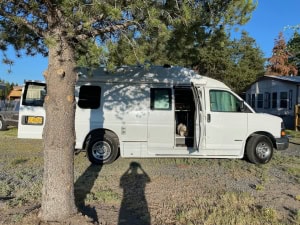


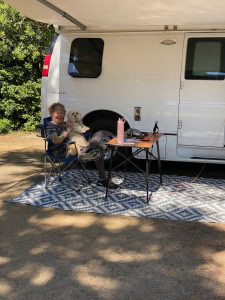
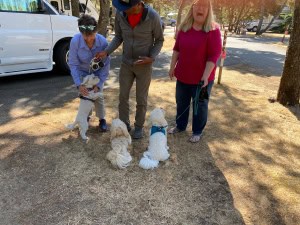
 Apartment access: Only the Terrace has emergency electrical outlets in the apartments; in the Manor and the Plaza there are a limited number of outlets in the residential hallways. In the Plaza and the Terrace the emergency outlets are red; in the Manor all outlets are white, and the emergency outlets will need to be identified by testing. Use will have to be shared as there are far fewer outlets than apartments, and for things that can’t be charged or used in the hallways, extension cords or portable power supplies will be required (some Plaza apartment doors are more than 60 feet from the nearest emergency outlet). Anyone who might rely on a common area outlet should add a plug-in outlet multiplier to their emergency supplies. Battery packs may be a useful way for apartment residents to access emergency power, since they can be charged when convenient and used when needed.
Apartment access: Only the Terrace has emergency electrical outlets in the apartments; in the Manor and the Plaza there are a limited number of outlets in the residential hallways. In the Plaza and the Terrace the emergency outlets are red; in the Manor all outlets are white, and the emergency outlets will need to be identified by testing. Use will have to be shared as there are far fewer outlets than apartments, and for things that can’t be charged or used in the hallways, extension cords or portable power supplies will be required (some Plaza apartment doors are more than 60 feet from the nearest emergency outlet). Anyone who might rely on a common area outlet should add a plug-in outlet multiplier to their emergency supplies. Battery packs may be a useful way for apartment residents to access emergency power, since they can be charged when convenient and used when needed.
 An additional energy source that many people have is a car battery, which typically contains about 800 W-hrs of 12 volt direct current (DC). To access this you need a connecting cable with an appropriate plug or battery clamps on one end. For small items like a cell phone, a cigarette lighter-compatible USB port can be used (Figure 2). These are small and quite inexpensive. Virtually all modern cars already have USB ports. Powering AC devices from a car battery requires an inverter.
An additional energy source that many people have is a car battery, which typically contains about 800 W-hrs of 12 volt direct current (DC). To access this you need a connecting cable with an appropriate plug or battery clamps on one end. For small items like a cell phone, a cigarette lighter-compatible USB port can be used (Figure 2). These are small and quite inexpensive. Virtually all modern cars already have USB ports. Powering AC devices from a car battery requires an inverter.


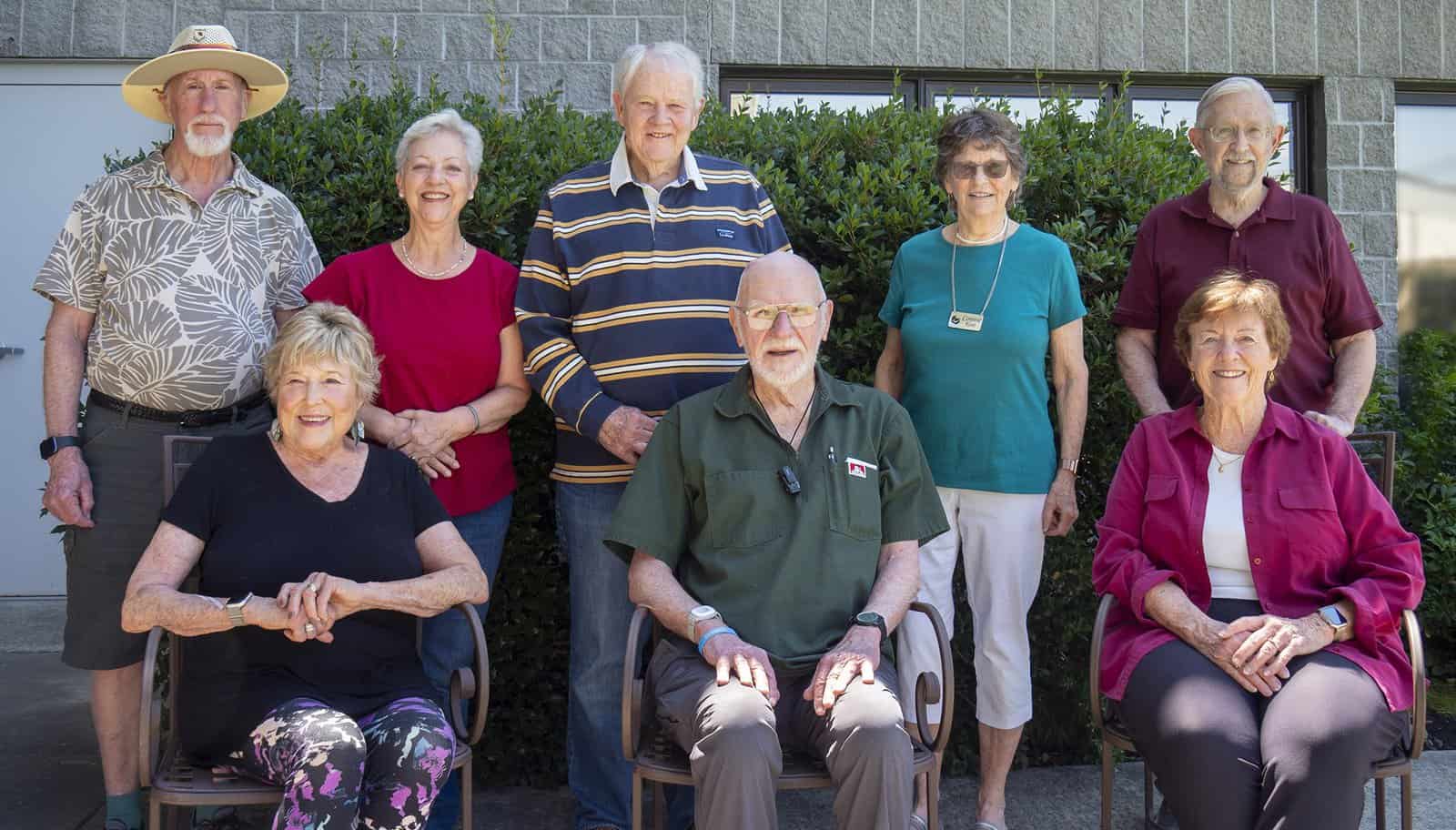

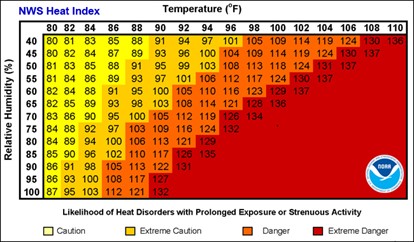
 Recently, the Supreme Court ruled against affirmative action in college admissions. In other words, race and ethnicity are no longer viable options for admission. Whether we like to admit it or not, the disadvantages won’t go away with the court’s ruling. I am the daughter of Mexican immigrants. And because of this, I was born into a life where I had disadvantages.
Recently, the Supreme Court ruled against affirmative action in college admissions. In other words, race and ethnicity are no longer viable options for admission. Whether we like to admit it or not, the disadvantages won’t go away with the court’s ruling. I am the daughter of Mexican immigrants. And because of this, I was born into a life where I had disadvantages.